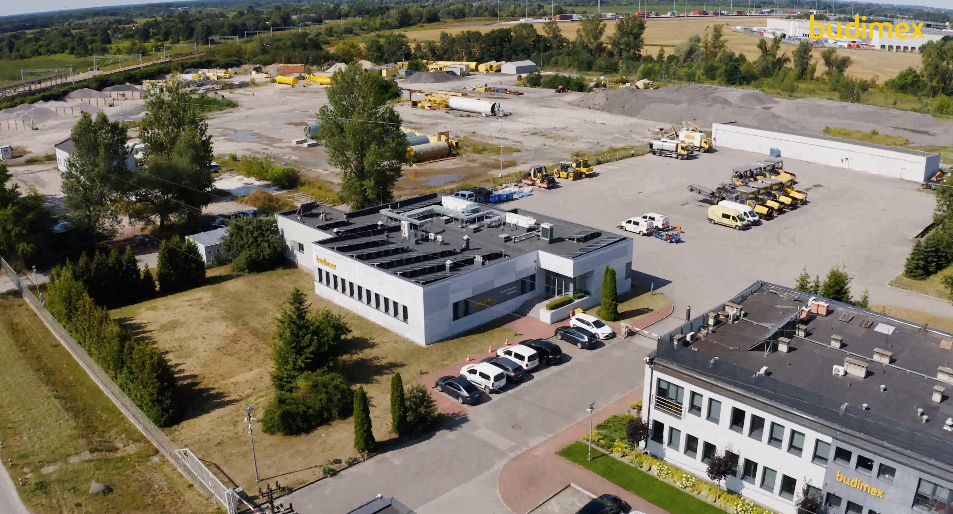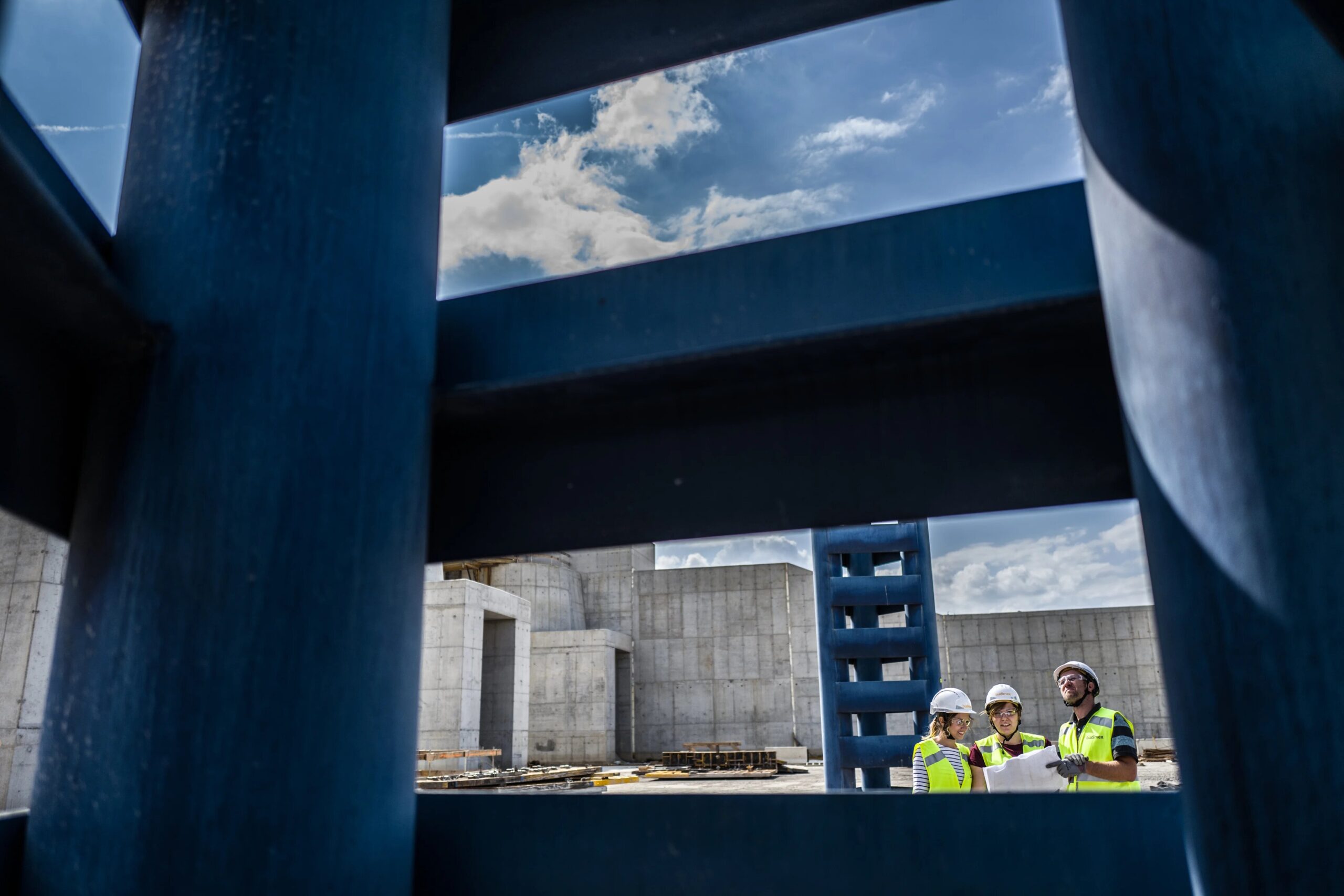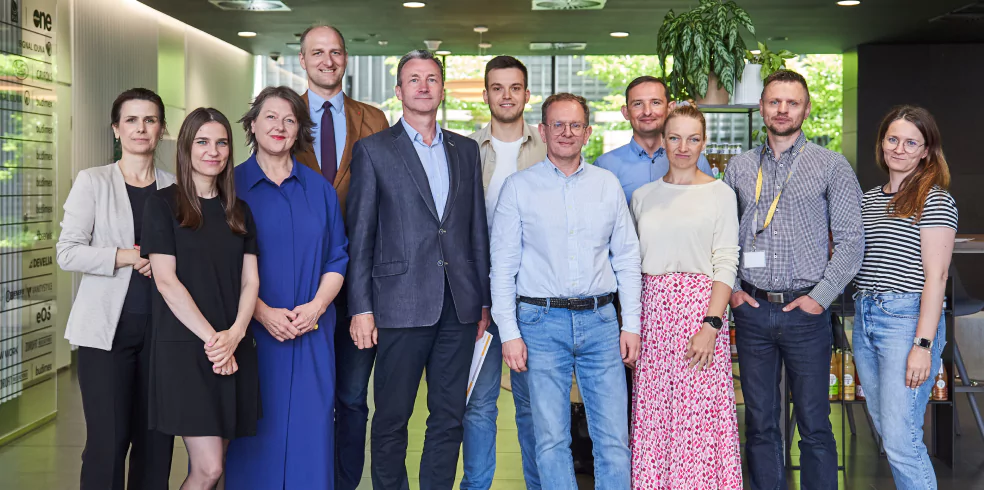
Budimex signed a general agreement with GAZ-SYSTEM S.A. for the construction of the Warszawa Gas Pipeline, with a length of 28 km, under a ‘build’ system. This gas pipeline project was entrusted to the same Polish contractor who previously completed the Baltic Pipe section in a timely manner in 2022. Budimex’s tender received the highest rating in the tender proceedings, and was chosen as the most favourable in December 2022.
The gas pipeline will run from Rembelszczyzna to Mory in the northwestern part of Warszawa. The net value of the contract is 188 million zloty. The construction is due to start immediately after signing the contract. The completion deadline is 24 months from the date of the conclusion of the contract, which is in the first half of 2025. The warranty period is 36 years.
Warszawa gas pipeline is a strategic infrastructural project for Warszawa and this region of Poland. The construction of the new gas pipeline should improve the accessibility of natural gas for both industrial consignees and the inhabitants of the Warszawa region. A functional gas pipeline should reduce the emission of harmful substances, and hence improve the quality of air in the capital.
The investment also includes the construction of:
- an optical-fibre network,
- a DN700/DN100 underground connection unit, which allows connection to the existing Jabłonna gas station,
- a gas station located in the immediate vicinity of the existing gas station,
- switching systems which involve connecting the constructed gas pipeline with the existing transmission gas pipeline.
- a pedestrian – bicycle route with a length of 1.4 km, running alongside the existing pedestrian – bicycle route, to constitute emergency access for firefighting services,
- a cathodic protection system including cathodic protection stations with anode electrodes and galvanic anode stations.
Modern technologies
More than 5 km of the route, which constitutes 1/5 of the gas pipeline length, is to be made using trenchless methods – the plan includes 32 passages of varying lengths. These include five ‘long passages’ – two horizontal directional drillings (HDD) and three Direct Pipe passages. This way of construction significantly reduces environmental interference – valuable natural areas, such as Ławice Kiełpińskie Preserve on the Wisła river or Park Młociński on Bielany, should remain unscathed.
The horizontal directional drilling technology, known as HDD, will be used to pass under the bed of the Wisła river and the Ławice Kiełpińskie Preserve, for a length of approx. 1149 metres. This will allow the Preserve’s valuable natural area to be bypassed and to maintain the continuity of river transport. Another HDD drilling is planned for the Las Nowa Warszawa (Młocińskiego) area. The trenchless directing of the gas pipeline on a route of approx. 1200 metres will allow the maintenance of local trees.
The other trenchless method used is the Direct Pipe. For the purpose of preserving the tree stand, this technology is planned to be used:
- under Park Młociński for a length of approx. 526 m,
- in the allotment area on Bielany – the gas pipeline is to be constructed underground, without trenches, for a length of approx. 320 m (the area alongside the Wisła’s Shaft is adjacent to Park Młociński),
- under Modlińska street and in the forest area on the western side of Modlińska street for a length of approx. 529 m (the forested area between Modlińska street, towards the Wisła river).
Environmental protection
A number of environmental protection measures have been taken during the process of designing the Warszawa Gas Pipeline. The construction and assembly line in forested areas should be narrowed to 15 metres during the construction stage (the standard width is 18-20 m) – this is the minimum width required for conducting the works and supplying the site with construction elements.
A number of trenchless crossings have been designed on the gas pipeline route, especially in the following forest areas: Park Młociński, Las Nowa Warszawa and forest area in the vicinity of Modlińska street. They should allow the gas pipeline to be created deep underground, which is beneficial for the environment.
Local species of trees are also going to be planted in the investment lane after the construction is complete. Additional volitional planting has been planned as a part of the eco-friendly measures aimed at protecting the natural environment within the Warszawa area.
The use of trenchless technology not only reduces the environmental interference but also allows the easier crossing of different obstacles in the terrain, such as roads, flyovers and watercourses: rivers and canals. Traffic should not be interrupted during the construction because the roads will be crossed via jacking.
All of these measures affected the final cost of construction, and their environmental benefits are substantial. The technically exacting trenchless crossings are particularly important for preserving the tree stands.
Basic parameters and a description of the investment:
- high pressure gas pipeline
- diameter: 700 mm,
- operating pressure: 8.4 MPa,
- length: approx. 28.5 km.


















